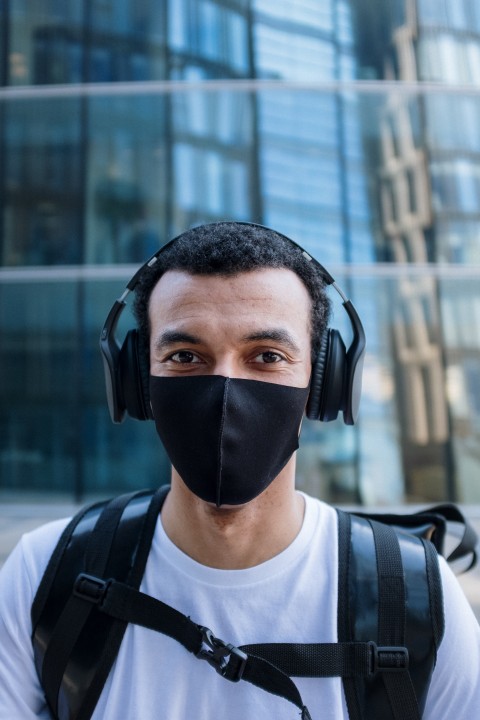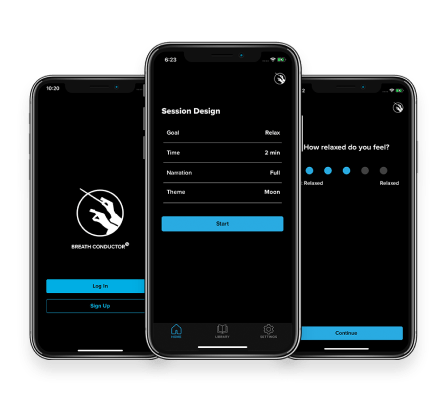BreathConductor™
BreathConductor™ positively impacts the brain and calms the stress response. Created through Stanford University’s Center for Computer Research Music and Acoustics (CCRMA) this solution blends slow deep breathing, guiding music, and imagery in a beautiful way to get maximum benefits safely, with the least effort. This approach has proven health benefits, for individuals of all ages, in stress reduction and response, emotional resilience, neurological function, cardiovascular health, and overall well being.





